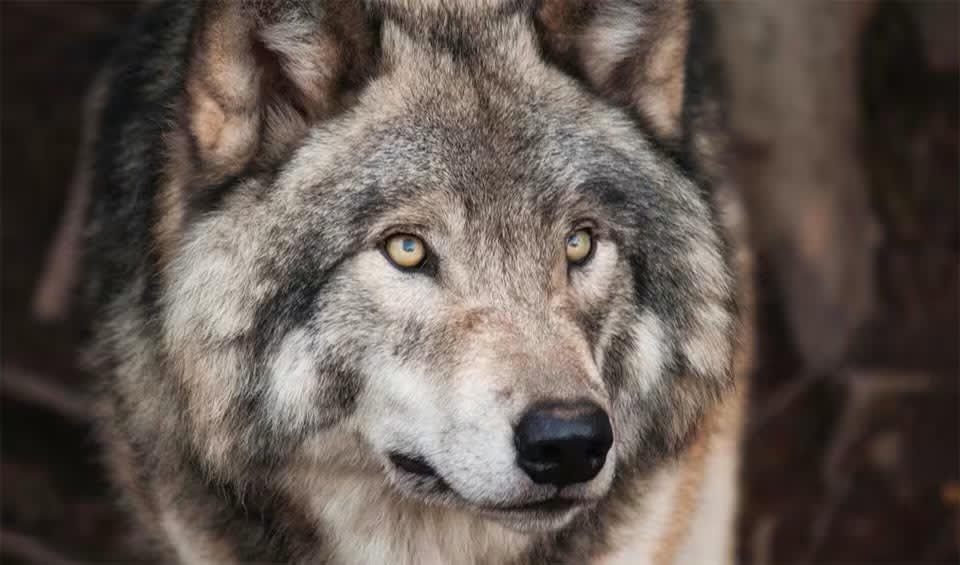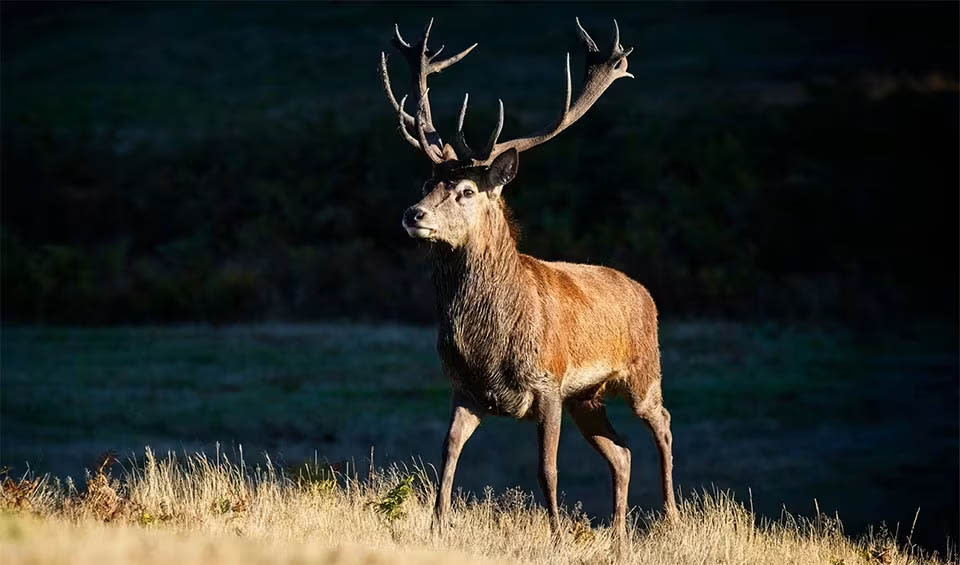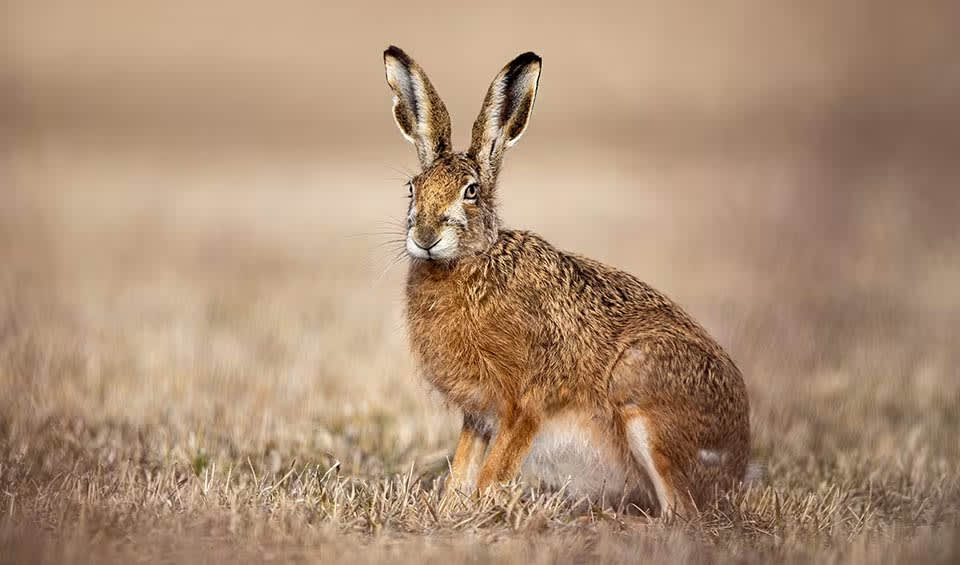Across Germany, you will find everything from lowlands in the north to alpine ranges in the south, and forested areas in between. The nation supports around 48,000 animal species, 10,300 plant species, and 14,400 fungal species. The largest group is insects; endemic species include 53 animal species and 85 plant families. From the lucky charm White stork (Ciconia ciconia) to elusive Lynx (Lynx lynx), every creature in Germany contributes to the country’s vibrant natural heritage.
Agriculture covers 52% of the land, with organic farming increasing to 5.9%. Forests occupy one-third of the territory. The main causes of biodiversity loss include pollution, urban sprawl, soil sealing, intense forestry and agriculture, and climate change.
Initiatives like the “National Natural Heritage” and Natura 2000 network support conservation. Biodiversity initiatives are supported by substantial funding, environmental assessment, and legal frameworks.
Four pillars elaborated:
Germany covers a terrestrial area of approximately 358,000 km² (138,349 mi²) and a marine area of about 56,000 km² (21,622 mi²). Protected areas encompass 37.4% of the land and 45.4% of marine waters, safeguarding 93 habitats. These protected terrestrial areas, totaling 133,708 km² (51,641 mi²), form the third largest network
in the EU, with marine protected areas covering an additional 25,685 km² (9,913 mi²). As per the indicators’ scores, tree cover loss, points to substantial deforestation, and grassland loss indicates moderate reduction in grassland areas. Land Management
Land Management
The country has 40,819 protected areas, mostly under national laws. Over half of terrestrial sites smaller than 1 km² (0.386 mi2). Marine protected areas, on the other hand, come in different sizes; ranging from 100 to 1,000 km² (38.6 to 386 mi2). Larger marine sites make up roughly 14% of the marine protected areas. The Biodiversity Habitat Index (BHI 36.20) indicates notable habitat loss and fragmentation while the Species Habitat Index (SHI 86.2) suggests potential risks of suitable habitats for a country’s species.
Germany’s biodiversity is highly sensitive, presenting 42% of all European mammals, with 8% threatened and 9% Near Threatened. Agricultural intensification causes major habitat loss and degradation, while invasive species bring new challenges. Germany is home to one-tenth of Europe’s reptiles, with 14% categorized as Near Threatened. Habitat loss and human persecution, particularly of snakes, are major issues. Threats to Biodiversity
Threats to Biodiversity
Amphibians, representing 25% of Europe’s total, are threatened in Germany by agricultural practices and water pollution; interestingly, none are endangered at the European level.
Freshwater fishes are highly endangered, with 16% of species threatened and 3 extinct. The country’s lakes are endemism hotspots but face threats from dam construction and declining water quality. Butterflies are susceptible to changes in habitat management, representing 42% of all European butterflies.
Intensified livestock farming and grazing impact terrestrial plants, while many endemic aquatic species face habitat loss from development and agriculture. Sadly, 2% of the vascular plant species are considered threatened. Climate change further disrupts species distribution and habitat quality, and alien species magnify biodiversity loss. Overall, habitat loss, pollution, and climate change are critical threats to biodiversity in this country.
The Federal Agency for Nature Conservation (BfN), under the German Environment Ministry (BMU), is vital in national and global conservation. It works to promote conservation by collaborating with businesses, educators, scientists, and the media. BfN runs the International Nature Conservation Academy (INA) for training and has established the Intergovernmental Science-Policy Platform on Biodiversity and Ecosystem Services (IPBES) to advise global decision-makers on biodiversity and climate issues. Capacity and Governance
Capacity and Governance
Since the 1970s, biodiversity offsetting has been used to prevent biodiversity loss, costing around € 2.5 billion annually. Environmental impact assessments (EIA) have been mandatory for projects since 1990, with strategic environmental assessments (SEA) for plans since 2005. The 2009 Federal Nature Protection Act, following 2006 reforms, aims to conserve biodiversity, use natural resources sustainably, and preserve landscapes.
The nation is a leader in eco-certification; by 2022, 13% of forests were FSC certified and 72.5% of forests were PEFC certified. Biodiversity research funding increased from €6.3 million in 2005 to €10.25 million in 2012. Recently, €1.5 billion annually was pledged for global biodiversity conservation (from 2025), with the goal of increasing its yearly climate budget to a minimum of €6 billion.
Germany is shifting from traditional economically-focused agricultural practices towards integrated approaches that acknowledge ecosystem multifunctionality. This involves adopting alternative farming methods, promoting landscape diversity, and enhancing urban-rural connectivity. Future Trends
Future Trends
Forestry will prioritize integrated management that balances biodiversity and timber production. Important policy instruments like certifications and contractual conservation are essential, but their effectiveness depends on stricter legislation and enforcement.
Through global biodiversity frameworks like the Kunming-Montreal Global Biodiversity Framework, Germany aims to halt biodiversity loss by 2030 and protect 30% of global land and ocean. Initiatives include establishing marine protected areas and restoring ecosystems, particularly in vulnerable Small Island Developing States (SIDS).
Frameworks like the EU Water Framework Directive and German Maritime Spatial Plan (MRO) will address pollution mitigation and promote eco-friendly energy. It also plans to empower indigenous peoples and local communities through initiatives like CLARIFI.
These efforts are guided by Germany’s National Strategy on Biological Diversity, which includes schemes covering the environmental, economic, and social sectors, as well as stakeholder dialogues and public participation to promote successful biodiversity conservation and sustainable development.
Biodiversity
Germany’s biodiversity extends well beyond its forests and mountains to include a rich variety of insects, such as rare butterflies and beetles like the Apollo butterfly and the stag beetle. Its aquatic environments, including rivers and lakes, support unique species such as the European eel and the Danube salmon.The floral diversity is also notable, with a range of endemic plants and protected wildflowers, including orchids. Additionally, Germany’s marine ecosystems along the North Sea and Baltic coasts provide habitats for seals, numerous seabird species, and even shallow-water coral reefs. Urban areas are not left out, as cities like Berlin adopt green infrastructure policies to support wildlife like wild boars and peregrine falcons.
In the table below are the number of known species in several main groups, how many of these species are Threatened with extinction, and how many of them are Endemic (unique to Germany only):
| Species (World rank) |
Threatened | % Threatened | Endemic | % Endemic | |
|---|---|---|---|---|---|
| Mammals | 107 (#103) | 5 | 4.7% | ||
| Birds | 311 (#117) | 12 | 3.9% | ||
| Reptiles | 18 (#164) | ||||
| Amphibians | 21 (#96) | ||||
| Fishes | 245 (#158) | 32 | 13.1% | 6 | 2.4% |
| Plants | 10,300 (#33) | 36 | 0.3% | 85 | 0.8% |
mammals
Wolf
The howl of each wolf is different
Red deer
Not only one of the largest deer species but also among the most majestic
European hare
Unlike rabbits, they don’t live in burrows, instead, they make shallow nests in the grass called forms
birds
Gyrfalcon
Largest of falcons: can grow up to 60cm (2 ft) in height
White stork
The folktale bird that brings the babies!
Willow ptarmigan
Most common of the Galliformes in the wild habituating subarctic Tundra can tolerate brutally cold winters
reptiles
European adder
A venomous snake native to Britain and found all across Europe
European pond turtle
At the first sign of danger, it will quickly dive into the water and hide
Slow worm
You might mistake them for snakes, but they are merely legless lizards
amphibians
Common toad
A warty amphibian with golden eyes
Alpine salamander
Swift, enjoys harsh weather, adores the mountains, and is toxic to its predators
Moor frog
Male undergo a striking transformation during a short breeding window, displaying a vibrant blue color
National Animals
Black eagle
Controller of arboreal birds and mammals populations in Asia’s tropical forests

















